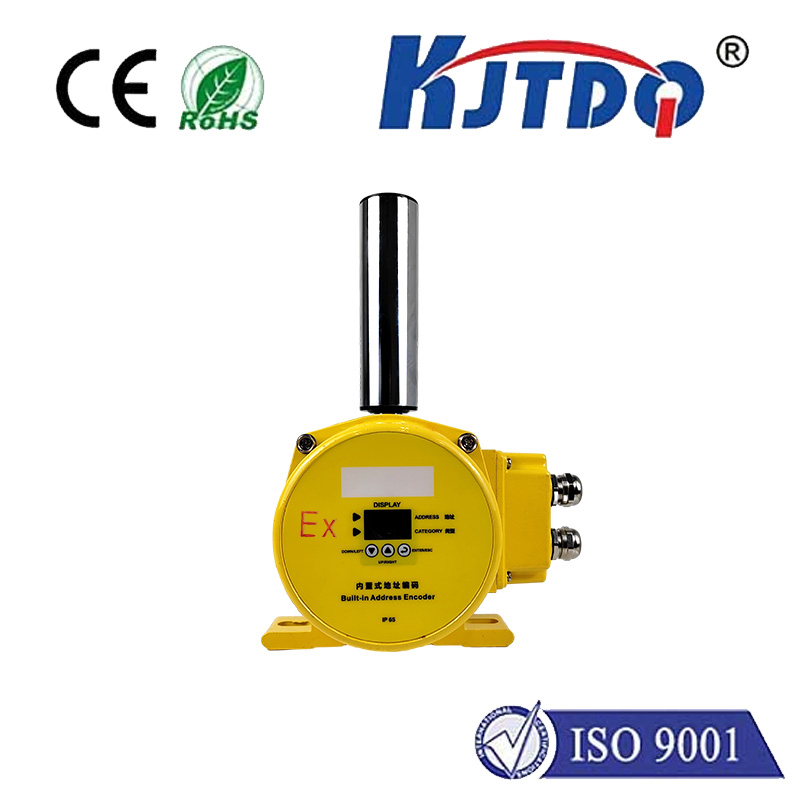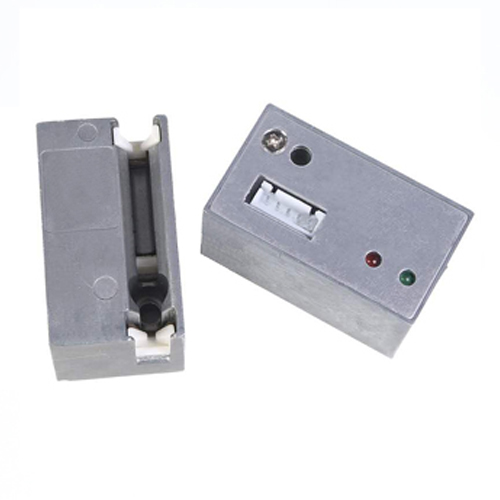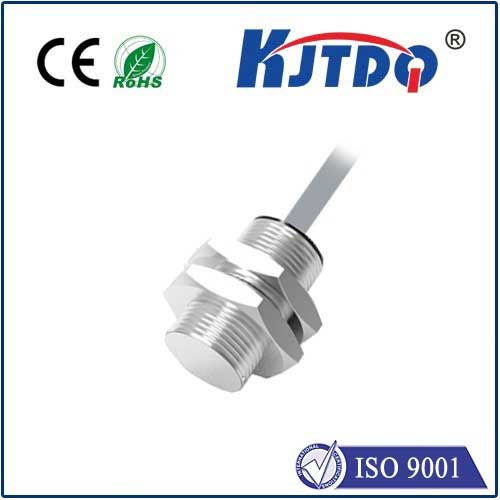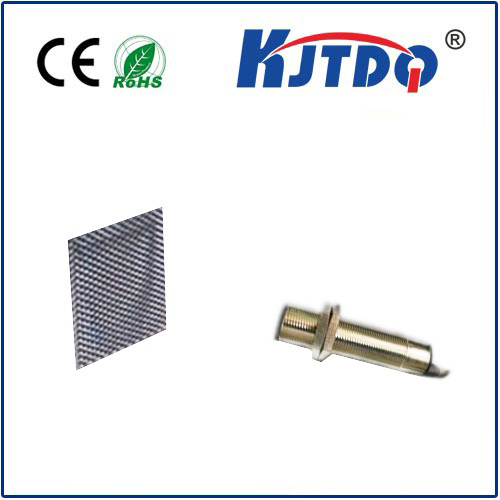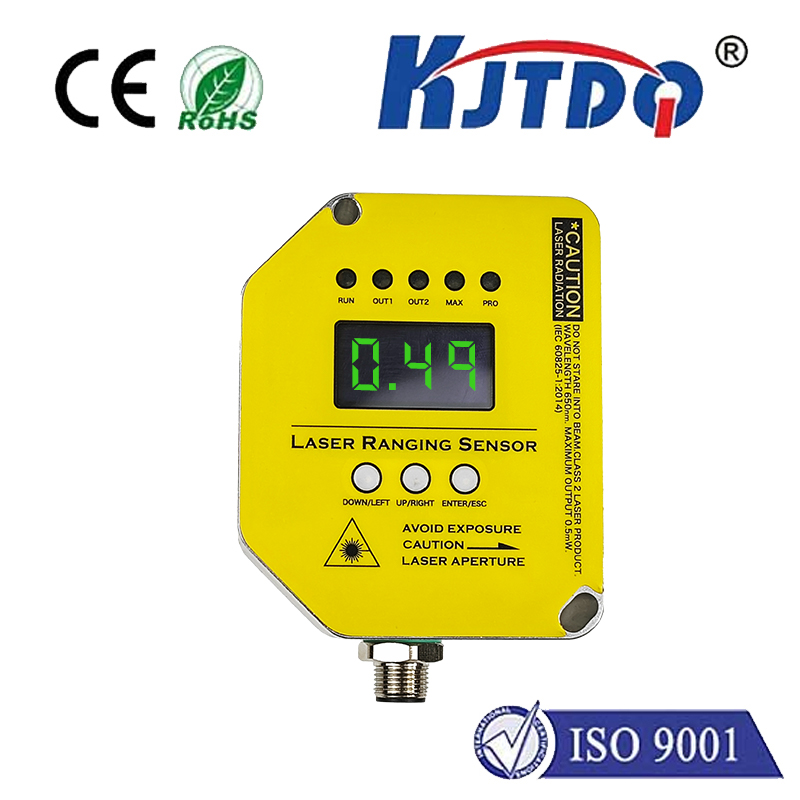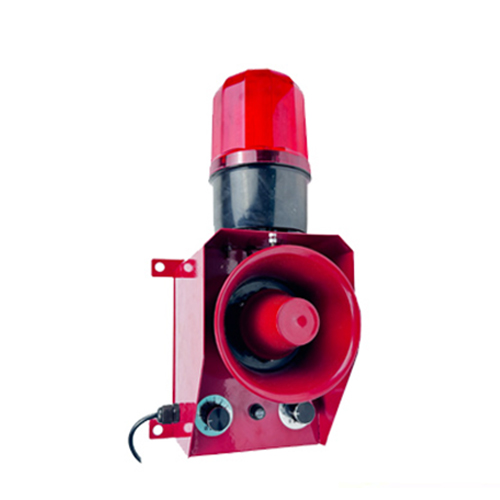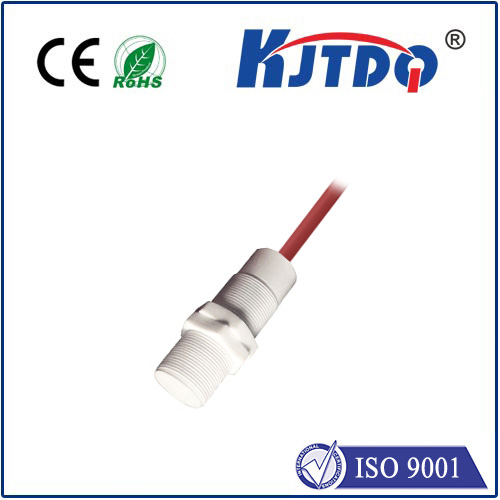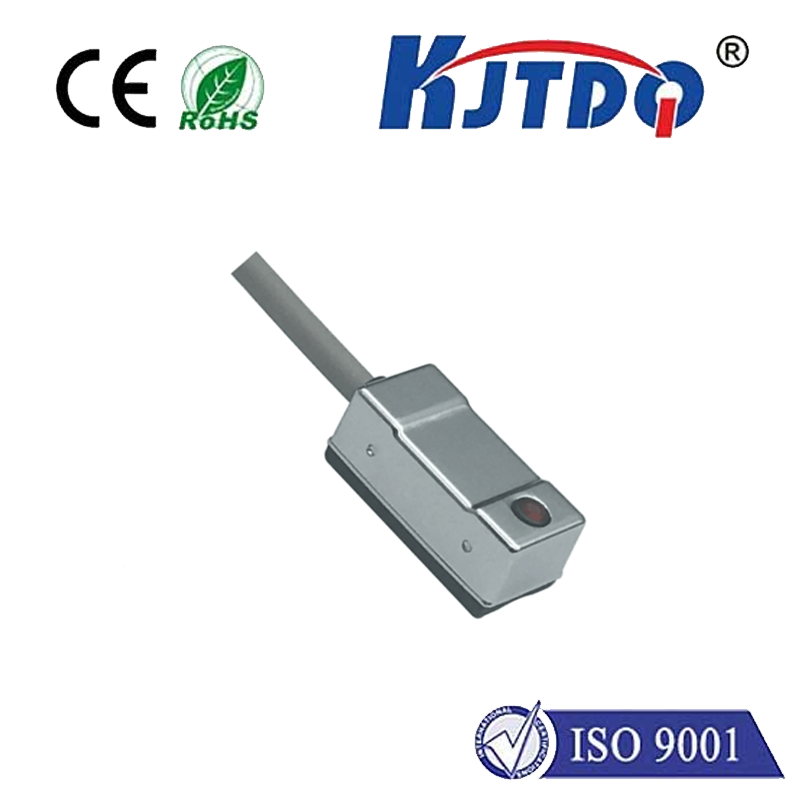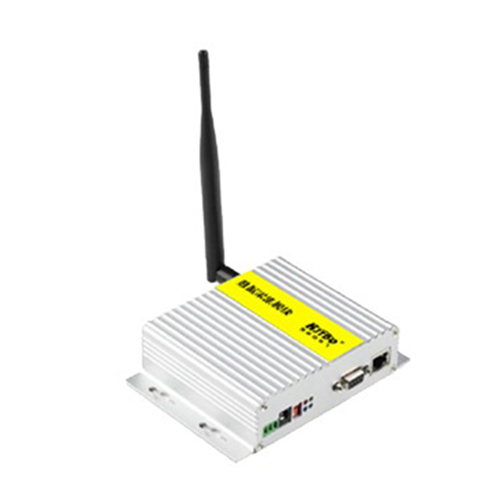

check

check

check

check

check

check

check

check

check

check
Title: The Ideal Limit Switch: An Essential Component for Efficient Automation Systems
I. Introduction
The ideal limit switch is a critical component in any automated system, responsible for detecting the boundaries between the on and off states of a device. Its precise functionality ensures that automation processes run smoothly, efficiently, and without any potential harm to the system or its components. This article will delve into the fundamentals of an ideal limit switch, its applications, and the importance of proper selection and installation in ensuring optimal performance.
II. Understanding the Role of an Ideal Limit Switch
In simple terms, a limit switch is a sensor that detects when a machine's movement reaches a certain point, triggering an action to stop, reset, or continue the process. The primary function of an ideal limit switch is to provide real-time feedback on the position of the device being controlled, allowing operators to maintain accurate control over their machines. This feedback enables adjustments to be made in real-time, improving efficiency and reducing downtime.
III. Application of Ideal Limit Switches
1. Industrial Automation Systems
Industrial automation systems rely heavily on limit switches to ensure safe and efficient operation. These systems can include anything from manufacturing equipment to packaging lines, transportation systems, and even medical devices. In each case, the limit switch provides vital information on the status of the device, enabling operators to make timely decisions based on real-time data.
2. Home Automation Systems
Home automation systems also use limit switches to control various devices within the house, such as lighting, heating, and ventilation systems. These systems help create a comfortable and energy-efficient living environment while providing convenience and security features like remote control access.
3. Automotive Industries
Automotive industries employ limit switches in various applications, including steering systems, suspension control, and braking mechanisms. They play a crucial role in maintaining vehicle stability and ensuring safe driving conditions.
IV. Factors to Consider When Choosing an Ideal Limit Switch
1. Operating Environment
The operating environment in which the limit switch will be installed is a critical factor to consider when selecting an ideal option. Factors such as temperature,湿度, dust exposure, and vibration levels must be taken into account to ensure that the selected limit switch can withstand the specific conditions it will operate in.
2. Type of Device Being Controlled
The type of device being controlled is another important consideration when selecting an ideal limit switch. Different types of devices require specific types of sensors to ensure accurate detection and response. For example, some devices may require infrared limit switches for night operation, while others may require optical limit switches for high-speed movement detection.
3. Affordability and Availability
The cost and availability of the ideal limit switch are also essential factors to consider. It is necessary to balance these factors against the specific needs of your application to ensure that you get the best value for your investment.
V. Proper Installation and Maintenance of Ideal Limit Switches
Proper installation and maintenance are crucial for ensuring optimal performance from your ideal limit switch. Here are some tips to keep in mind:
1. Ensure Correct Installation: Always follow the manufacturer's instructions when installing your limit switch, paying close attention to factors such as polarity orientation, electrical connections, and clearance requirements. Improper installation can lead to inaccurate sensor readings or damage to the device itself.
2. Regular Inspection and Testing: Schedule regular inspections and testing of your limit switch to identify any issues early on. This will help prevent costly downtime caused by unexpected sensor failure or malfunction. Keep records of all inspections and testing results for future reference.
3. Proper Storage: Store your limit switch in a dry, clean, and secure location when not in use. This will help protect it from environmental factors such as moisture, dust, and extreme temperatures that could affect its performance over time.
VI. Conclusion
An ideal limit switch is a critical component in any automated system, ensuring accurate detection of device movement and facilitating real-time decision making by operators. By considering factors such as operating environment, device type, affordability, and availability, along with proper installation and maintenance practices, you can select an ideal limit switch that meets your specific needs while delivering reliable performance over time.
